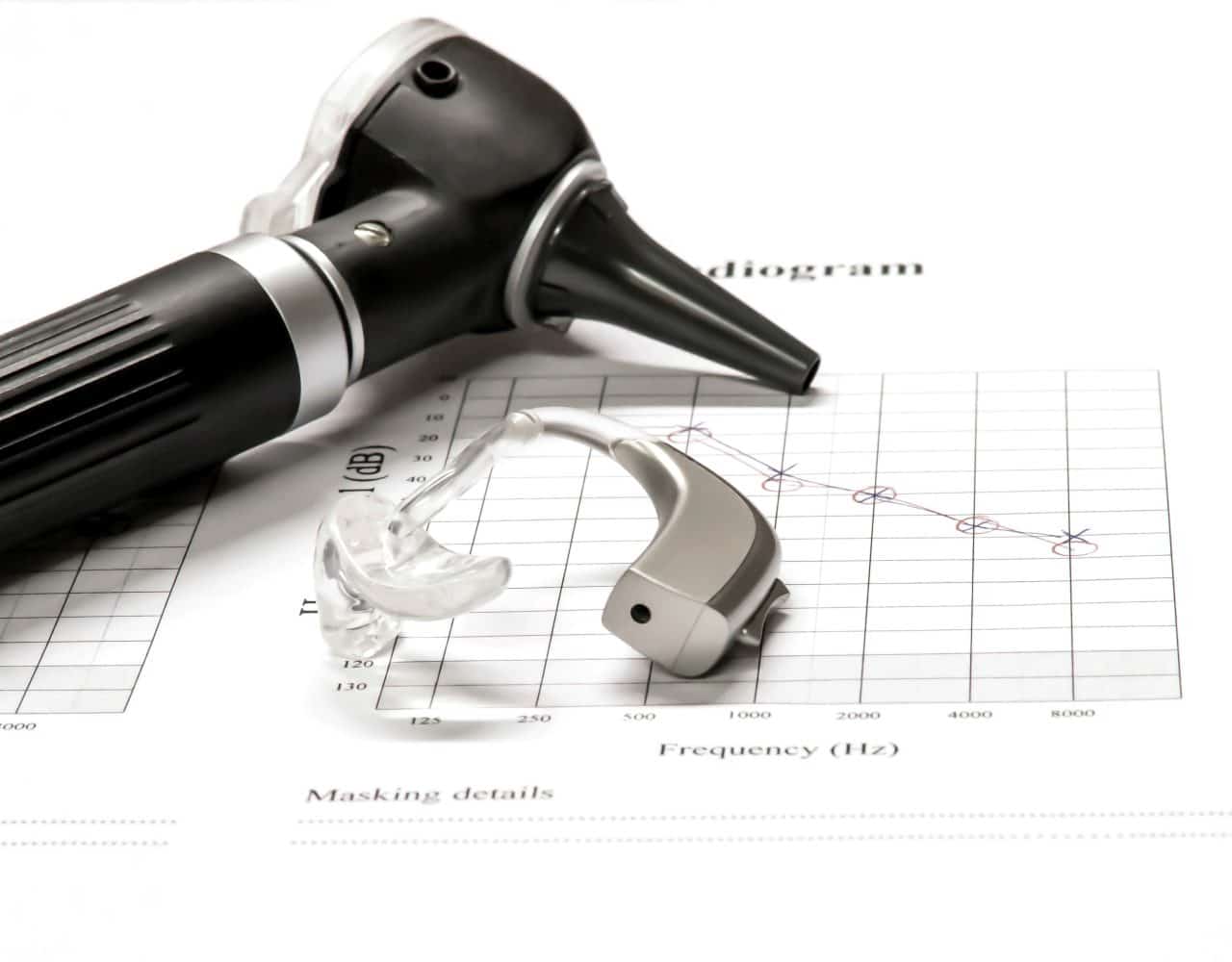Hearing aids are amazing technological devices that work by amplifying sounds to a level your ears can detect when dining out with friends at Black Sheep Restaurant. To accomplish this, there are several parts that work together. We review these parts and how they work below.
Microphone

The hearing aid microphone is the starting point in the process of helping you hear. It picks up sounds in your environment and converts them into electric signals that can be understood by the processor.
There are two types of microphones: directional, which pick up sounds in front of the wearer, and omnidirectional, which pick up sounds from all directions. Most modern hearing aids have both types, which allows you to easily hear your conversation partner in front of you as well as experience a natural listening experience.
Processor
The processor, also known as the amplifier, is the computer portion of the hearing aid. It manipulates the electric signals from the microphone to the exact specifications your hearing loss requires. If the hearing aid offers these features, the processor also cancels any feedback or wind noise and adds any tinnitus masking.
Once all the adjustments have been made, the processor then convers the electric signal back to an analog signal that is sent to the receiver.
Receiver
The last component of the process is the receiver. The receiver converts the analog signal into audible sound input and sends it to the wearer’s ear.
Some receivers are worn directly in the ear canal, such as in completely-in-canal (CIC) and receiver-in-the-ear (RITE) models, while others are worn behind the ear and channel sound signals through a tube to an earmold, such as behind-the-ear (BTE) models.
Battery
In some hearing aid models, the battery is disposable and must be changed; in others, it is built-in and rechargeable.
Disposable button batteries, also known as zinc-air batteries, “can last from 3 to 22 days, dependent on the type of hearing aid, frequency of use, required amplification, and any modern modifications that are used.”
Rechargeable batteries, known also as lithium-ion batteries, are charged by docking the devices in a charging station overnight, which provides a full day of hearing.
For more information about the parts of a hearing aid or to schedule an appointment with a hearing aid expert, call The McCoy Institute today.